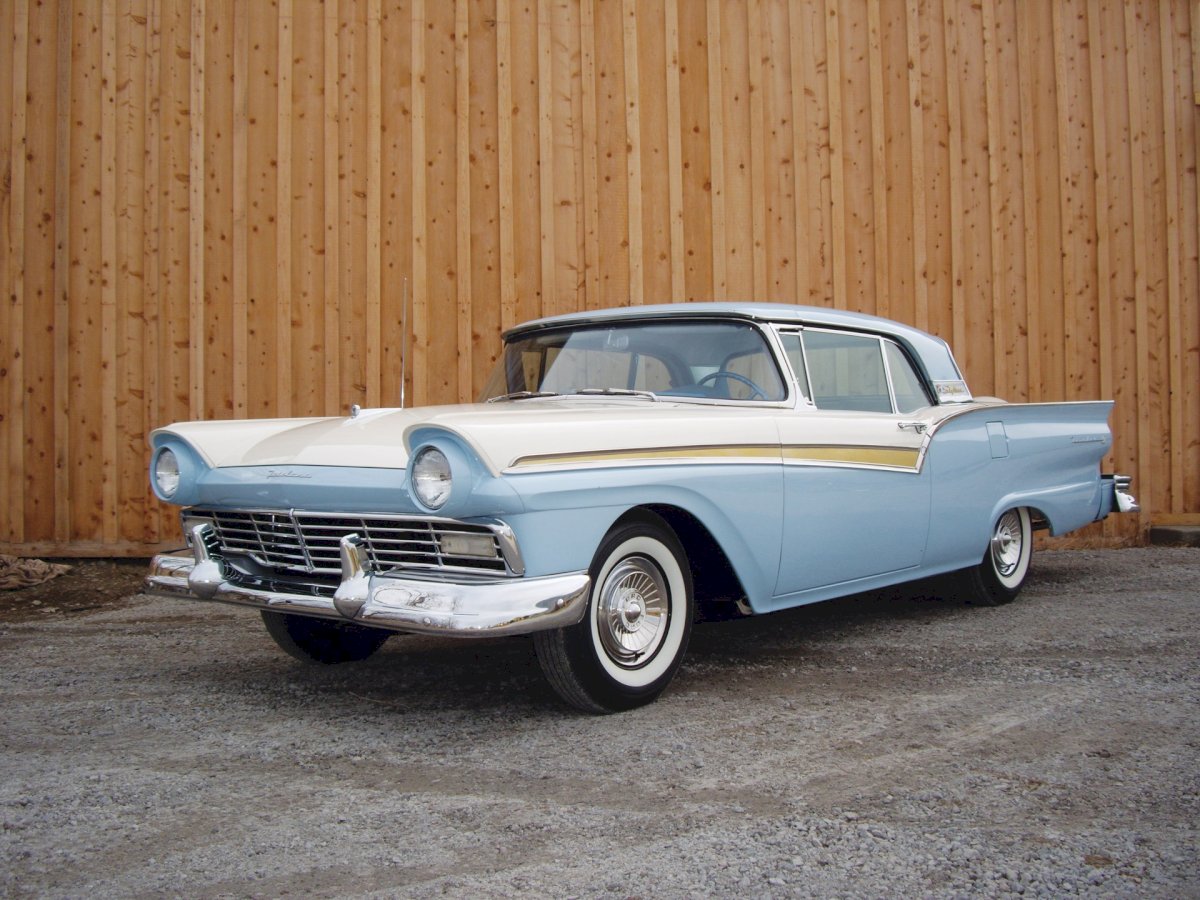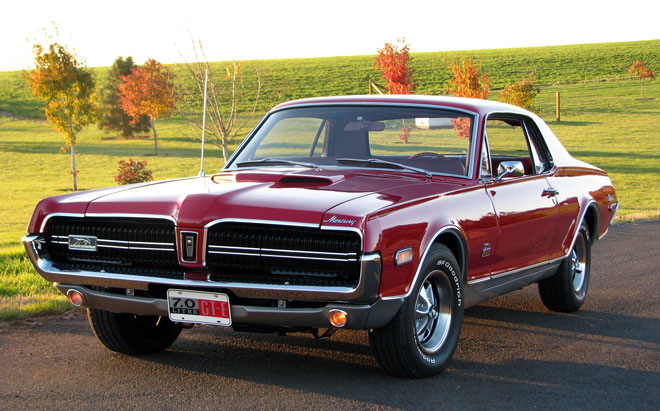The year 1969 marked a significant milestone in the world of American muscle cars, as Pontiac unveiled a machine that would become a symbol of power, performance, and style-the 1969 Pontiac Firebird Trans Am. Born in the heart of the muscle car era, the Trans Am would leave an indelible mark on automotive history. In this article, we will take a comprehensive journey through the 1969 Pontiac Firebird Trans Am, exploring its origins, design, performance, and enduring legacy.
Origins and Development
The story of the Pontiac Firebird Trans Am begins with the creation of the Pontiac Firebird, a pony car introduced in 1967 to compete with the Ford Mustang and Chevrolet Camaro. The Firebird quickly gained popularity for its unique blend of style and performance, setting the stage for the Trans Am edition.
Named after the Sports Car Club of America's Trans-American Championship, the Trans Am was more than just a badge; it was a symbol of Pontiac's commitment to performance. The first-generation Trans Am, based on the Firebird, was introduced in 1969 as a limited-production, high-performance variant.
Pontiac spared no effort in making the Trans Am distinctive. It featured a unique front fascia with a bold shaker hood scoop, aggressive spoiler, and the iconic Trans Am emblem. Underneath the hood was the heart of the beast-a potent V8 engine that would become legendary.
Design and Styling
The 1969 Pontiac Firebird Trans Am was an aesthetic marvel, reflecting the spirit of the times. With its long hood and short deck, it embodied the classic American muscle car design. The front end featured the signature split-grille design, while the rear showcased a ducktail spoiler, giving it a distinct visual identity.
Inside, the Trans Am offered a driver-centric cockpit. Bucket seats, a sporty steering wheel, and a center console added to the overall driving experience. The interior was available in various colors and trims, allowing buyers to customize their Trans Am to their liking.
One of the most striking design elements of the Trans Am was the array of vibrant colors it came in, including iconic options like Carousel Red, Cameo White, and Polar White. The contrasting graphics and decals, often in blue or red, further emphasized its aggressive appearance.
Performance
The 1969 Pontiac Firebird Trans Am was more than just a looker; it was a powerhouse on wheels. Under the hood, it packed a 6.6-liter Ram Air III V8 engine. This mighty powerplant produced a formidable 335 horsepower and 430 lb-ft of torque, propelling the Trans Am from 0 to 60 mph in under 6 seconds.
The Ram Air III engine featured high-flow cylinder heads, a performance camshaft, and a four-barrel carburetor. It was mated to a close-ratio four-speed manual transmission, which allowed drivers to fully harness the engine's potential. An optional automatic transmission was also available.
To ensure superior handling and control, Pontiac equipped the Trans Am with a heavy-duty suspension, including stiffer springs and shocks. Power front disc brakes provided the stopping power needed to rein in the beastly acceleration.
The Trans Am's performance was not limited to straight-line speed; it was equally capable on the racetrack. In fact, its heritage was deeply rooted in motorsports, and it was designed to excel in SCCA Trans-Am racing. The Trans Am was a true track warrior, racking up wins and solidifying its reputation as a fierce competitor.
Legacy and Collectibility
Over the years, the 1969 Pontiac Firebird Trans Am has achieved cult status among muscle car enthusiasts. Its combination of striking design and outstanding performance has made it a highly sought-after collector's item. Original, well-maintained examples of the Trans Am command a premium in the collector car market.
In popular culture, the Trans Am gained widespread recognition thanks in part to its role in the 1977 film "Smokey and the Bandit," where it was driven by Burt Reynolds. This cinematic exposure further elevated its status and added to its timeless appeal.
Today, dedicated Trans Am clubs and enthusiasts continue to celebrate and preserve these iconic machines. Restorations are a labor of love, with owners painstakingly bringing these classics back to their original glory.
The Trans Am's influence on the automotive world is undeniable. It played a pivotal role in shaping the American muscle car scene and inspired subsequent generations of high-performance vehicles.
Conclusion

The 1969 Pontiac Firebird Trans Am is more than just a car; it's a symbol of an era. It embodies the unbridled spirit of the American muscle car, a time when horsepower and style reigned supreme. Its timeless design, powerful performance, and enduring legacy have secured its place in automotive history.
As we look back at this iconic machine, we can't help but be captivated by its charm and mystique. The Trans Am represents an era when the open road beckoned, and the roar of a V8 engine was music to the ears of enthusiasts. Whether you're a seasoned collector or simply an admirer of automotive history, the 1969 Pontiac Firebird Trans Am remains a symbol of American automotive excellence, reminding us that the legend lives on.


